My First Garden: Mistakes and Successes
In 2013 I planted my first garden. Looking back, I see mistakes and successes from that first year. All of them served to teach me, and they helped me grow a more successful garden each season.

Because we all can learn from each other, and because many of my mistakes are common among beginning gardeners, I wanted to share seven mistakes and eight successes from my first season.
Click to listen as I share about these lessons in this episode of the Beginner’s Garden Podcast, or continue reading below.
First-time Garden Mistakes
Planting in Wet Soil
When I prepared the land for my first garden in the fall of 2012, I didn’t realize that it was in the lowest part of our yard. When the spring rains came, my soil saturated, pooled, and puddled. Because I didn’t know any better, I planted in the wet soil anyway. Weeks later, I realized my potatoes had rotted in the ground and none of the bean or okra seeds germinated.
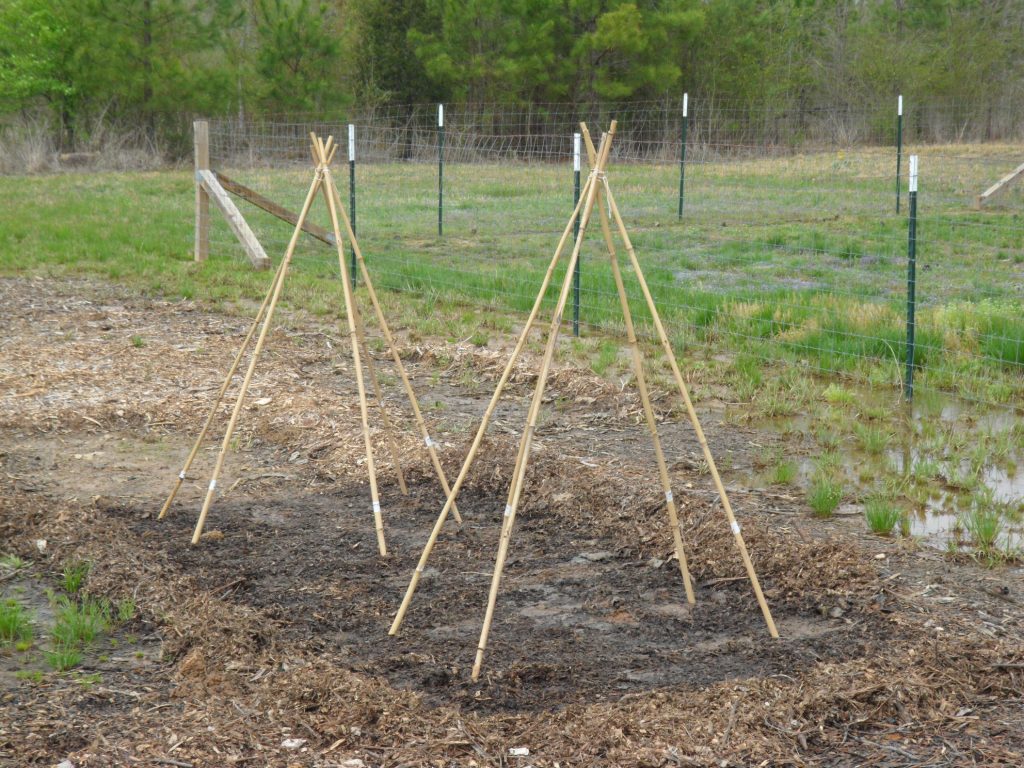
Now I understand that it’s never a good idea to plant in soggy soil. Either we need to wait until the sun dries the soil out, or we should consider changing the garden location entirely.
I changed my garden’s location to a higher area, but many people also use raised beds when soil drainage proves poor.
Starting Seeds on Window Sill
One of the most common seed starting mistakes is using only the light coming in from a window. I thought I had a perfect window because it faced southwest, but my plants grew tall and tanky, stretching toward the sunlight. Few of them survived transplant because they were so stressed in the lack of light. Once I transitioned to indoor grow lights, I never had that problem again.
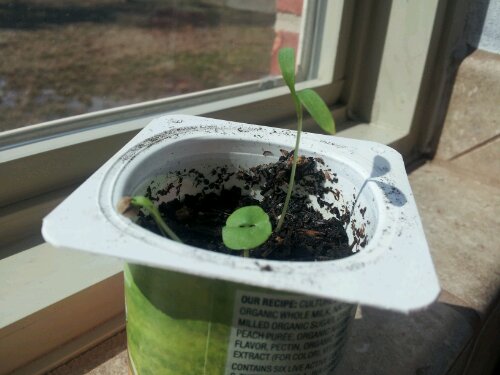
Not Protecting the Garden from Wildlife
I’ll never forget the morning I walked out to my garden, looking for more growth on my broccoli and strawberry transplants. My hopes dashed as I found these young plants eaten to the nubs.
As a beginning gardener, I didn’t think about protecting my garden from wildlife like rabbits and deer. After trying lots of cheap wildlife repellant techniques (with no success), I now have a secure fence to protect my crops.
Planting Onion Sets instead of Transplants
Because my family eats a lot of onions, I knew I wanted to grow them. I went to my feed store to buy baby onion plants and I saw that I had two choices: onion sets and onion transplants. I didn’t know what to choose, so I picked what looked like baby onion bulbs. What I didn’t realize was that these onion sets won’t produce big onion bulbs in my area. Instead, I grew lots of green onions!
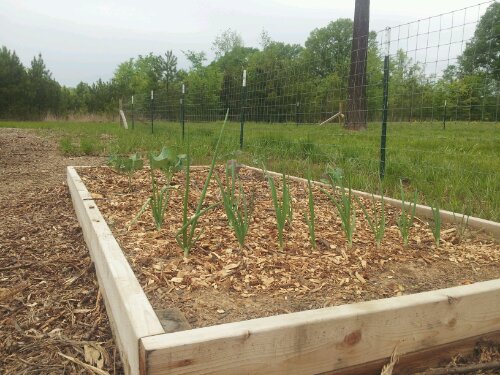
That first season I learned to buy onion transplants to grow big onion bulbs.
Planting Perennial Herbs in Annual Raised Bed Garden
That first year, I planted perennial herbs like rosemary, oregano, and thyme in a bed along with my annual crops. I actually didn’t know which of the herbs I planted would last year after year, and which would die off in the winter.
As it turns out, it was a pain to plan those raised beds each year with annual crops, knowing I had to work around the perennial herbs.
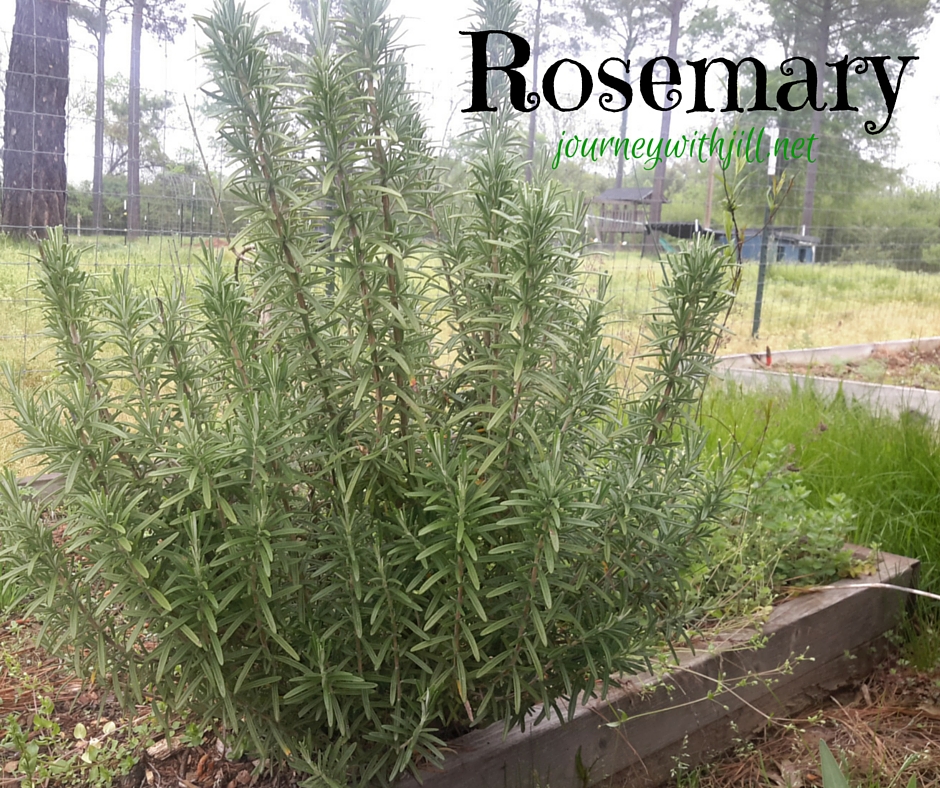
Eventually, I transplanted all of my perennial herbs into containers closer to my kitchen. Not only has this proven more convenient in using herbs, but it also allows me greater flexibility in planning my annual vegetable garden.
You can learn more about annual herbs and perennial herbs in these earlier posts.
Not Removing Diseased Vegetable Plants
One mistake that many first-time gardeners make leaving diseased and pest-infested plants in the garden. I worked so hard that first year that I didn’t want to get rid of any of them, no matter how pitiful they looked! But I didn’t know that leaving them would spread disease and affect my garden for years to come.
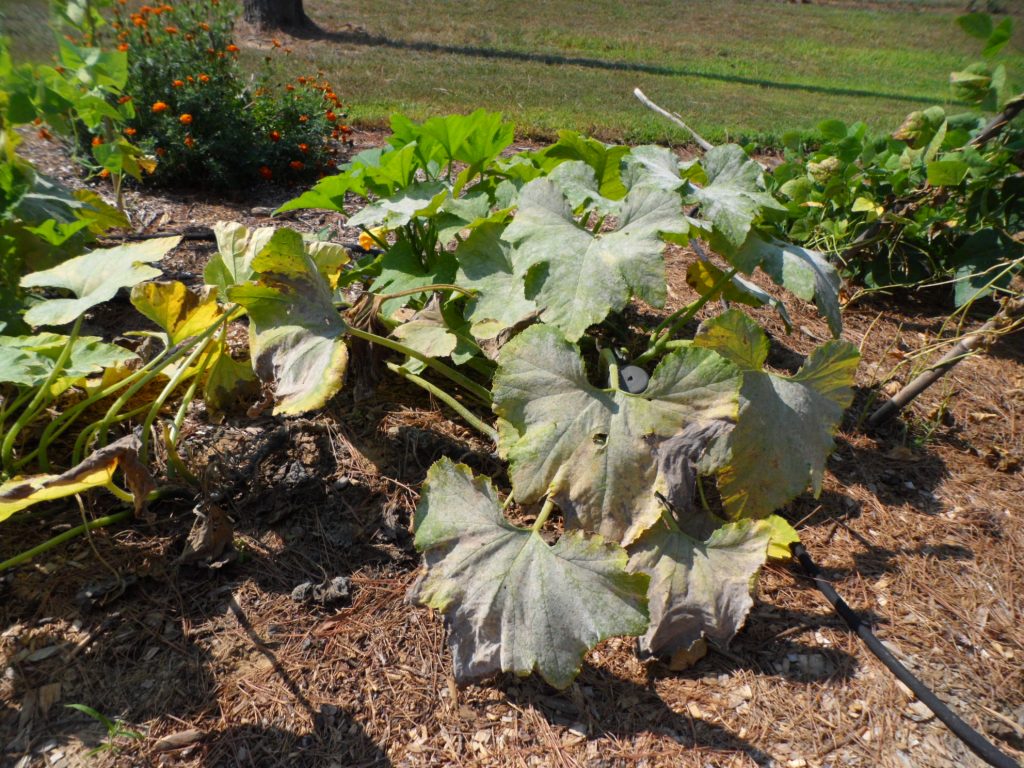
Overhead Watering
Even though I installed soaker hoses in my first garden, I worried they didn’t provide enough water for my plants. (Now I realize I was mistaken.) But in my effort to supplement, I used an overhead sprinkler in the evenings.
Since then, I have learned that overhead watering can contribute to plant disease. I would have been better off trusting my soaker hoses. Had I done this, my issues with fungal diseases might have been lessened.
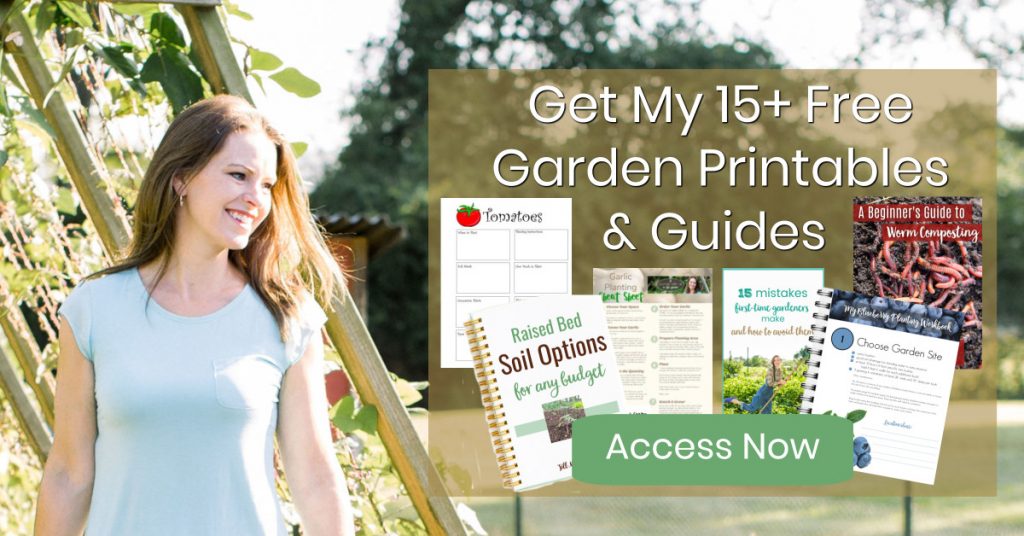
First-time Garden Successes
I’ve learned so much from the mistakes that I made that first year. But I also had some successes that helped encourage me to have a garden the next season.
Preparing Blueberry Bed
Before I planted my first blueberry plants, I prepared my soil. First, I did a soil test and confirmed that the pH was in a healthy range for blueberries. It was a perfect 4.8. (Blueberry bushes require acidic soil.) Next, I amended the soil with organic matter and planted the bushes at container level.
In this video, I show these steps I took to get my blueberry bushes off to the right start:
Changing Garden Location
After I realized that I had planned my garden in a place where the soil would stay too saturated through the spring, I added a new garden area in a higher location. Being able to make that change not only increased my harvest that year, but it also bolstered my confidence as a gardener.
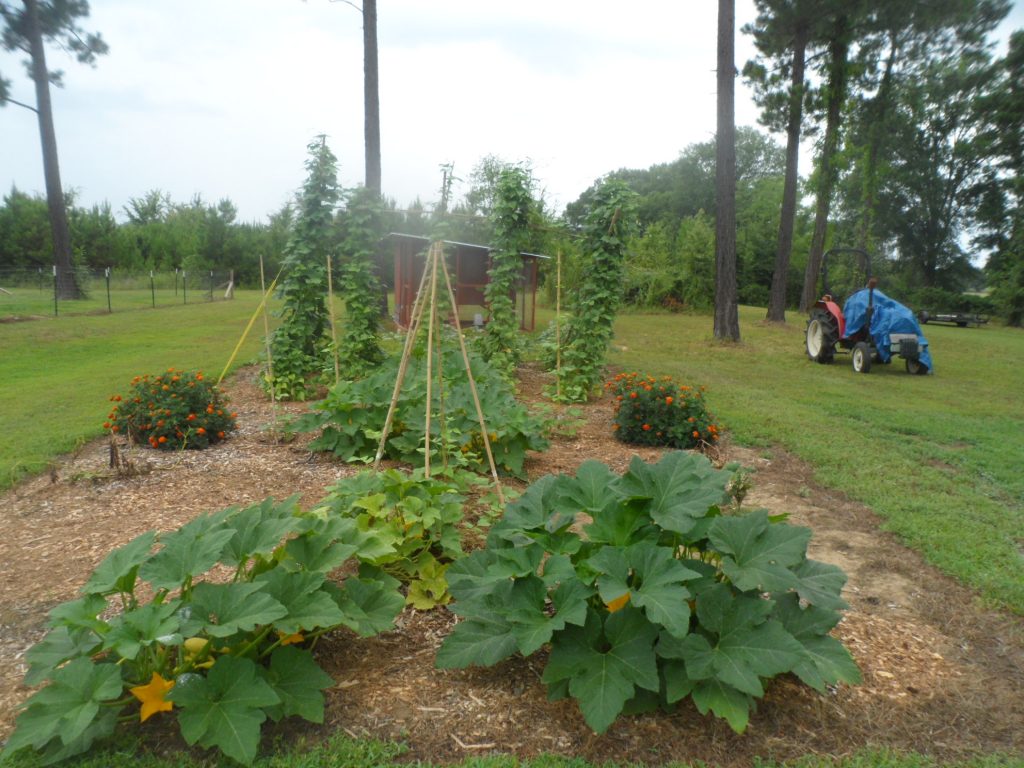
If I hadn’t made that change, I might have thought I couldn’t be a good gardener. Instead, I realized the problem lied in the location, not in me.
We need to be willing to change the plan when it isn’t going to work.
Timing Plantings for My Climate
One of the biggest questions for any new garden is when to plant what. Knowing when to plant your crops is a huge part of a successful garden. I spent time preparing for my first garden and researching when to plant what crops. Doing this will make a huge difference in the success of your garden.
Correct Plant Spacing
When I was researching when to plant my crops, I also learned how much space each plant required to grow to its potential.
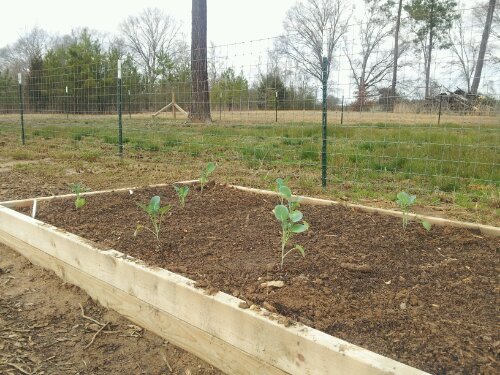
If you don’t know about proper spacing ahead of time, you will likely plant too close together. We all have this tendency when we’re planting seeds or tiny transplants.
Growing a Vertical Garden
During my first year of gardening, I knew I wanted to grow some crops vertically. You’d think this is something experienced gardeners tackle, but I’m telling you, even a first-year gardener can do it!
My first focus was a bean trellis. A friend gave me some bamboo from her yard and I was able to grow pole beans up my first trellis!
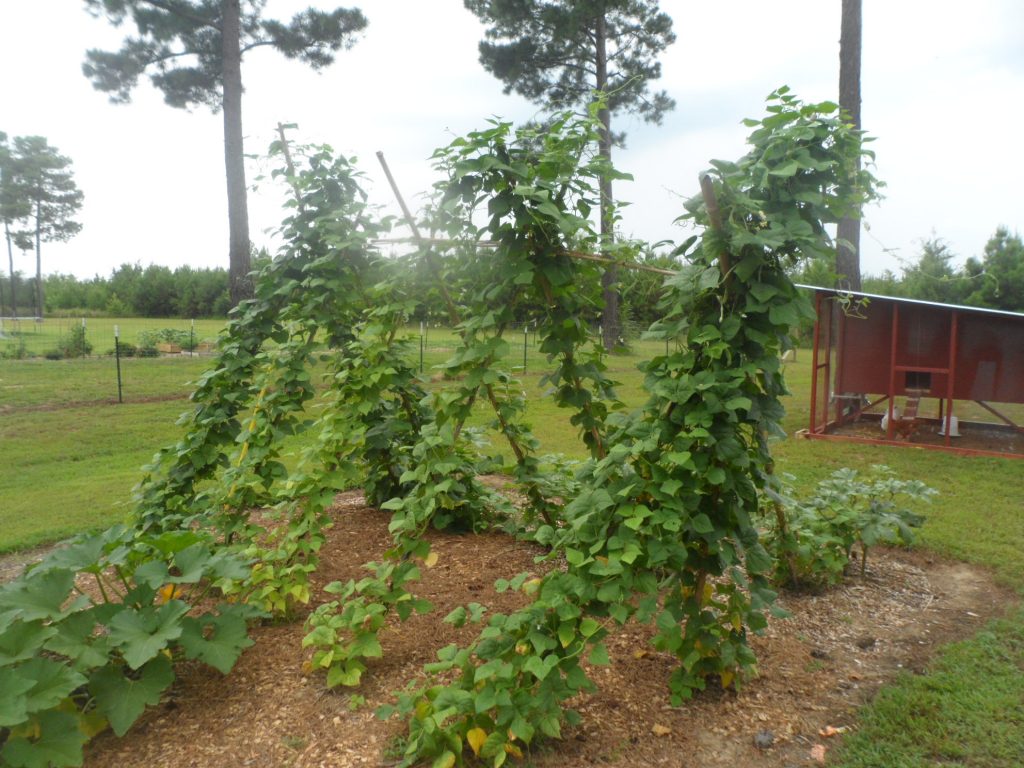
Since then, my husband had built a more sturdy trellis.

But I am so glad I started vertical gardening from the very beginning. I tried beans, cucumbers, and some other things. I’ve learned different techniques and I try new ways of growing vertically each year. But the one thing that first year gave me was a love of vertical gardening. (More on growing vertical vegetables here.)
Succession Planting
During my first season, I never anticipated using succession planting or other methods to enjoy a year-round harvest. But, I did plant a late planting of cucumbers.
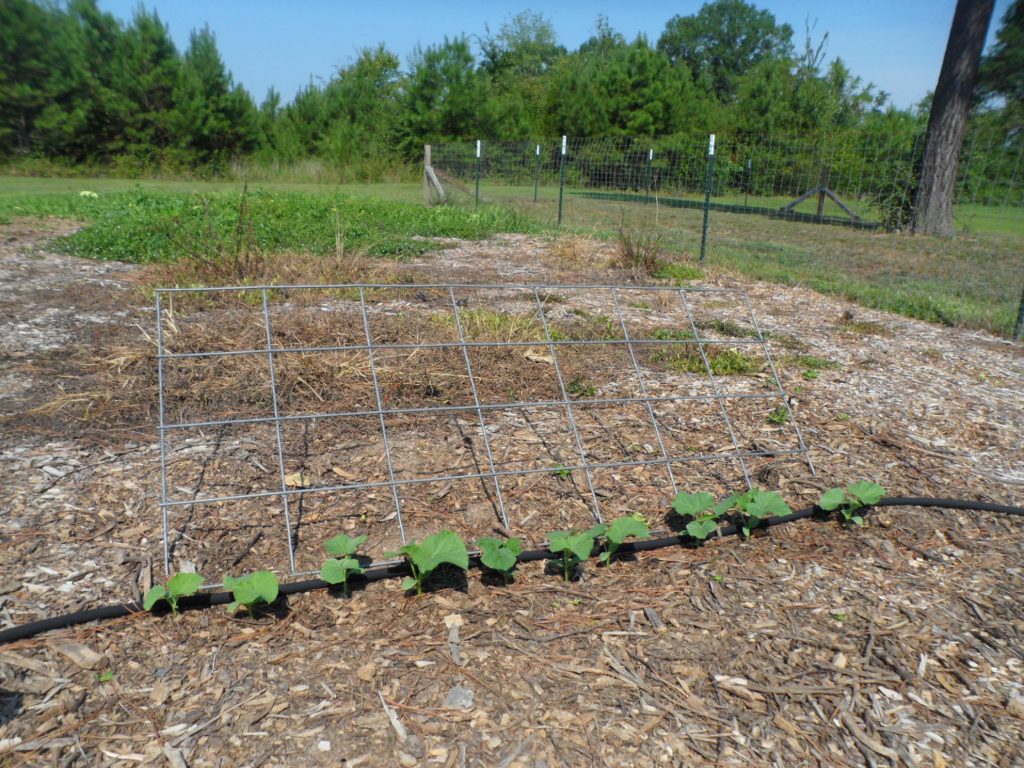
This gave me the confidence that I don’t have to plant everything early in the spring. I started with one crop and have been able to try others through the years. This has enabled me to optimize almost all seasons, not just one, for planting and harvesting in my garden.
Using Wood Chip Mulch in the Garden
I used mulch from the very beginning. I had learned in my research that mulch retains moisture, keeps the soil temperature cool, and provides many other benefits. I used wood chips that season, along with each season after that. Over the years those slow breakdown of those wood chips has helped the tilth and fertility of my clay soil.
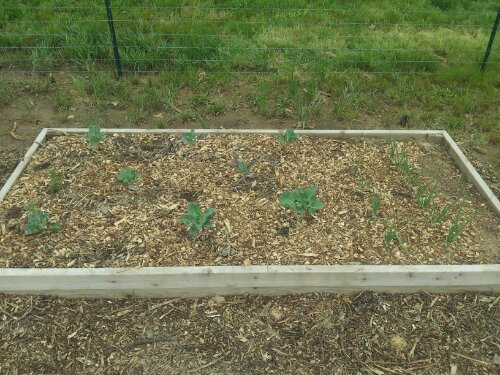
Using the Supplies I had for a Frugal Garden
Because the main purpose of my first garden was to save money on food, I was always looking for ways to save money in the garden.
One of those ways was to use the supplies I had on hand. I didn’t buy every gadget that looked appealing. As I gardened, I took note of what might seem useful in the future.
I also told people I had started gardening! When you let people know that you are starting a garden, you will be surprised by what people will give you! I had a friend give several trellises and garden cages that they had but weren’t using.
In my first garden, I used what I had or what was given to me. I didn’t buy anything that I didn’t know that I really needed.
Lessons from My First Garden
Looking back at my first gardening season, I can see the mistakes I made (but overcame) and the good decisions I made that set me on track for future gardening success.
What lessons do you recall from your first garden?
Avoid Common Beginning Gardening Mistakes

Grab this free download and not only discover some of the most common mistakes first-time gardeners make -- but even more important -- learn what to do to avoid those mistakes altogether!
Plus, I'll send you my "In the Garden E-mail" on Fridays, periodic updates on garden resources relevant to you, and get access to my entire bank of free garden downloads!
You are also agreeing to our privacy policy.

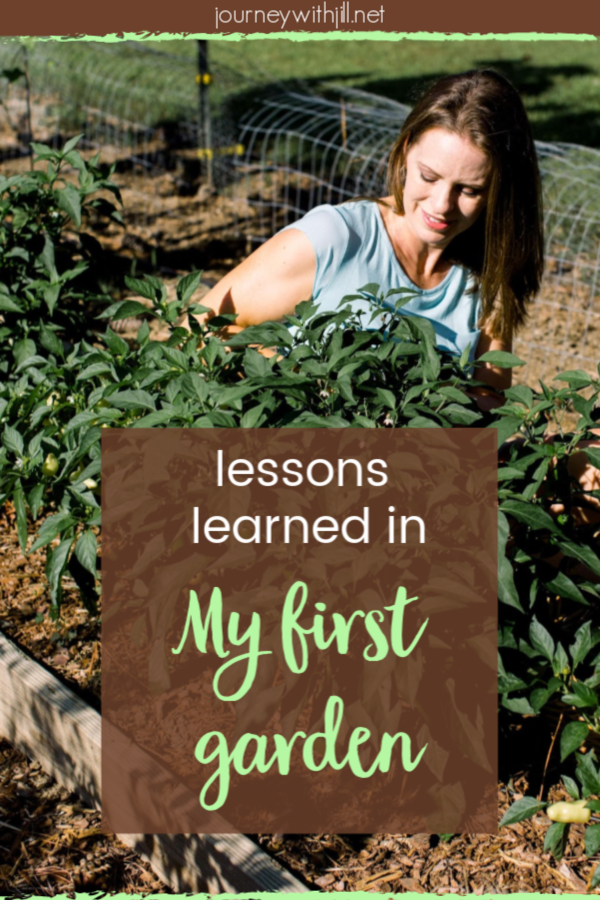
In the beginning of this newsletter you mentioned home made solution for powdery mildew. I have had that problem this year and would like to know how to avoid or get rid of it even though it is the end of the season here in NY. How do I find that podcast or written version. I do not have instagram and don’t plan to and that’s all I could find. I have enjoyed your newsletters.
Thanks
Nancy
Personally, I prefer to remove the affected leaves to try to prevent the spread that way. But with my cucumbers this year, I found that I couldn’t stay on top of it and it continued to worsen. So I sprayed a homemade milk spray. 2 parts water, 1 part milk, and a drop of Castile soap (though any non-detergent liquid soap should work). I sprayed in the morning. At this point in time I’ve only tried this once and it has helped, but I haven’t done it enough to see long-term effects or consequences yet. But you might consider researching it and trying it yourself if you’re battling powdery mildew.